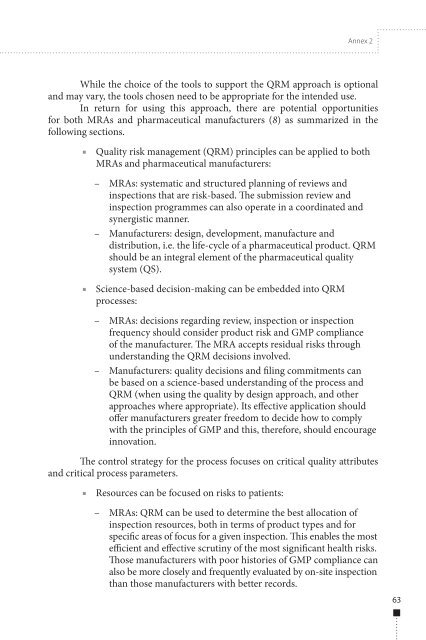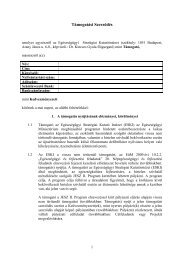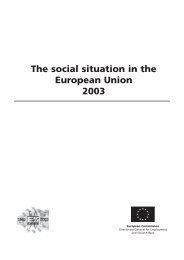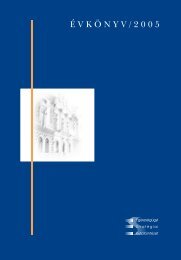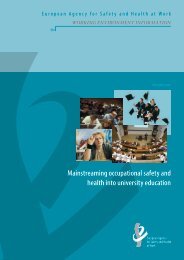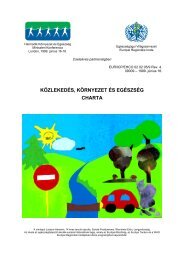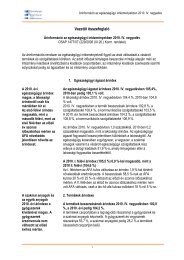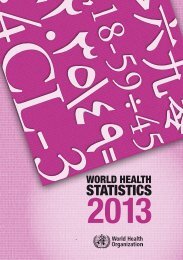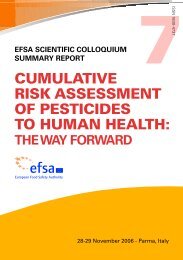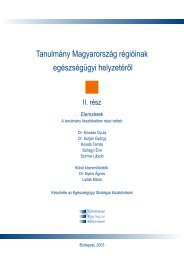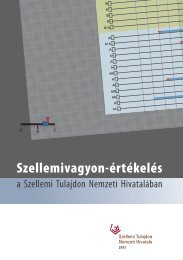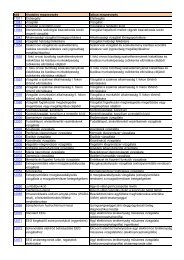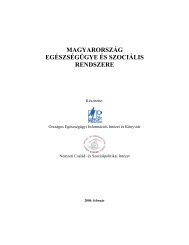WHO Technical Report Series, No. 981 - World Health Organization
WHO Technical Report Series, No. 981 - World Health Organization
WHO Technical Report Series, No. 981 - World Health Organization
Create successful ePaper yourself
Turn your PDF publications into a flip-book with our unique Google optimized e-Paper software.
Annex 2<br />
While the choice of the tools to support the QRM approach is optional<br />
and may vary, the tools chosen need to be appropriate for the intended use.<br />
In return for using this approach, there are potential opportunities<br />
for both MRAs and pharmaceutical manufacturers (8) as summarized in the<br />
following sections.<br />
■■<br />
Quality risk management (QRM) principles can be applied to both<br />
MRAs and pharmaceutical manufacturers:<br />
––<br />
MRAs: systematic and structured planning of reviews and<br />
inspections that are risk-based. The submission review and<br />
inspection programmes can also operate in a coordinated and<br />
synergistic manner.<br />
––<br />
Manufacturers: design, development, manufacture and<br />
distribution, i.e. the life-cycle of a pharmaceutical product. QRM<br />
should be an integral element of the pharmaceutical quality<br />
system (QS).<br />
■■<br />
Science-based decision-making can be embedded into QRM<br />
processes:<br />
––<br />
MRAs: decisions regarding review, inspection or inspection<br />
frequency should consider product risk and GMP compliance<br />
of the manufacturer. The MRA accepts residual risks through<br />
understanding the QRM decisions involved.<br />
––<br />
Manufacturers: quality decisions and filing commitments can<br />
be based on a science-based understanding of the process and<br />
QRM (when using the quality by design approach, and other<br />
approaches where appropriate). Its effective application should<br />
offer manufacturers greater freedom to decide how to comply<br />
with the principles of GMP and this, therefore, should encourage<br />
innovation.<br />
The control strategy for the process focuses on critical quality attributes<br />
and critical process parameters.<br />
■■<br />
Resources can be focused on risks to patients:<br />
– – MRAs: QRM can be used to determine the best allocation of<br />
inspection resources, both in terms of product types and for<br />
specific areas of focus for a given inspection. This enables the most<br />
efficient and effective scrutiny of the most significant health risks.<br />
Those manufacturers with poor histories of GMP compliance can<br />
also be more closely and frequently evaluated by on-site inspection<br />
than those manufacturers with better records.<br />
63


